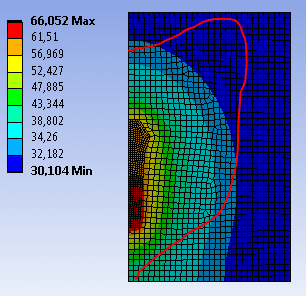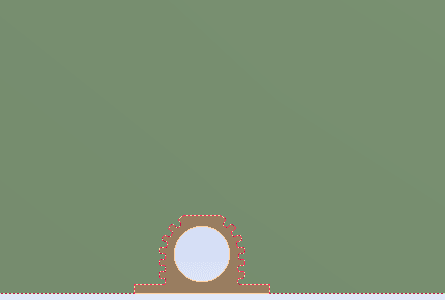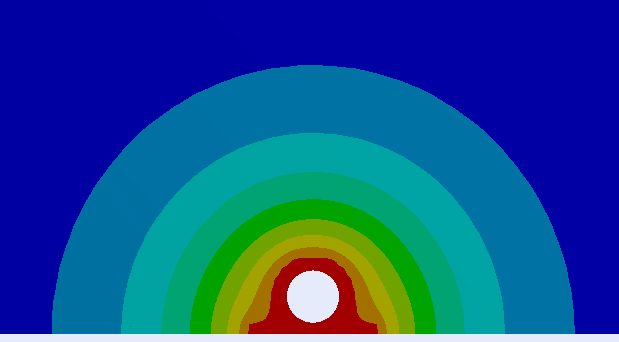Daniele1989
Automotive
Hi all,
i'm trying to performe a 2D transient thermal study, but i don't know how to insert a data.
I need to see how heat is exchanged in air, with Y direction (Vertical).
I have a steel component, heat flux in left side of it and air.
Red line i designed is what i wanted to have:

i'm trying to performe a 2D transient thermal study, but i don't know how to insert a data.
I need to see how heat is exchanged in air, with Y direction (Vertical).
I have a steel component, heat flux in left side of it and air.
Red line i designed is what i wanted to have:



